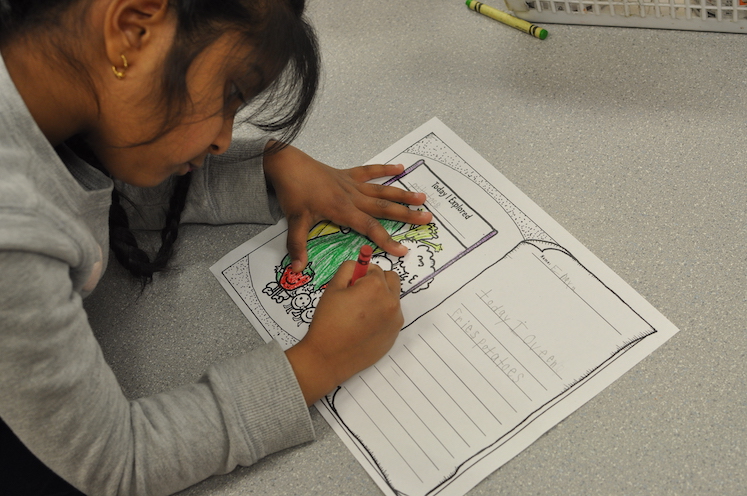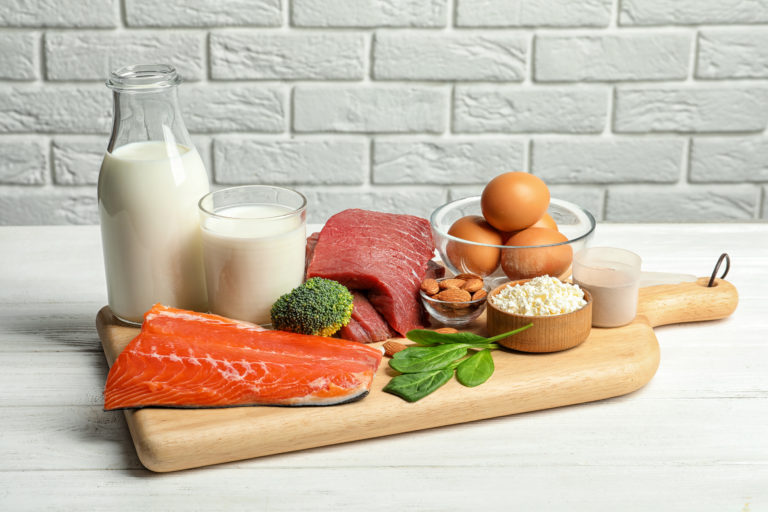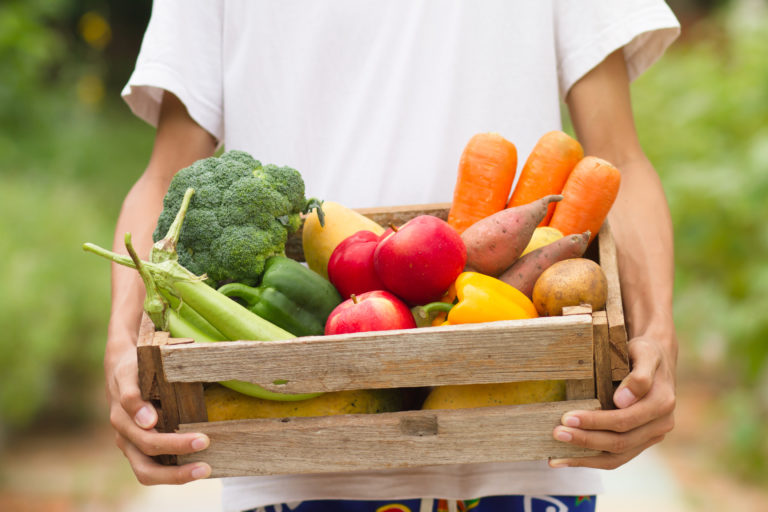Are you shifting towards teaching online? See how our lesson plans can be adapted for students learning from home.
We are all shifting to do things differently these days, including teaching at a distance from our students. So, we thought it would be helpful to walk through our lesson plans and show you how to explore food when your students aren’t in the classroom.
Did you know? We offer our free teacher workshops online—sign up here!
Lesson Plans for All Ages:
These lessons focus on the exploration of foods through cooking and eating together. Younger learners can journal about their food experiences by drawing and writing using our templates. Older students can document their food exploration in writing or using multimedia platforms to share writing, illustration, photos and/or video. To enable easy sharing of these ideas with families, we’ve included recipe links and supporting resources.
Yogurt Sundaes: A simple snack or breakfast recipe that includes tips to support positive food experiences.
Recipe Link: https://www.bettertogetherbc.ca/recipes/single/yogurt-rainbow-parfait
3-2-1 Dressing: Let students get creative with what they have on-hand, practice measuring and ratios, and then try their dressing with spinach or another leafy green vegetable. Suggest using different oil and vinegar pairs to see what they like best.
Recipe Link: https://www.bettertogetherbc.ca/recipes/single/3-2-1-salad-dressing
Apple Tasting: Canada’s food guide recommends that we eat “plenty of vegetables and fruit”, and this lesson explores how apples can be a tasty choice for snacks and lunch. Families can discuss which foods are included in the Vegetables and Fruit category (including fresh, frozen, canned and dried), and share a favourite fruit or vegetable together. Older students can brainstorm three barriers to eating vegetables and fruits each day, and then problem-solve ways to overcome one or more of those barriers.
Resource Link: https://bcdairy.ca/nutritioneducation/articles/how-can-i-create-enjoyable-family-meals
Breakfast Basics: Learn all about the importance of having a balanced breakfast and how to make your very own breakfast cereal (muesli). Families will be able to explore different breakfast foods from each of the three food categories in Canada’s food guide and they can share their own favourite breakfast ideas together. Older students can consider sharing their muesli or other favourite breakfast through photos on social media.
Resource link: https://www.bettertogetherbc.ca/blog/single/breakfasts-that-stick-basic-breakfast-recipes-for-families
Making Bread and Butter: Share the Bread in a Bag recipe (below) so families can try making bread together. The dough can be baked in muffin tins and served with homemade butter, or it could become the base for mini pizzas or cinnamon buns instead. While the bread is baking, younger students can read along with the Little Red Hen or Bread and Jam for Frances. Students can also learn about how wheat becomes the bread through these two short videos: making flour and making bread
Recipe Link: https://bcdairy.ca/milk/recipes/bread-in-a-bag-recipe
Making Cheese: Learn the four steps of cheesemaking and try making your own paneer; all you need is milk and lemon juice! This cheese can be eaten on its own or incorporated into a dish like this Cauliflower and Spinach Bhaji. Adventurous older students could also try making ricotta cheese or fromage blanc at a later time.
Recipe Link: https://bcdairy.ca/milk/recipes/paneer
Lesson Plans for Primary Grades (K-3)
Mystery Food (K+): Instead of discovering the mystery food by physically exploring a food in a can, children can discover a mystery food by playing Who Am I? with their parents or siblings. Have one person think of a food while the other person asks Yes/No questions to find out more about the shape, color, taste and other aspects of the food until they can guess the food. It’s just like “Twenty Questions”. Younger students might enjoy these fruit and vegetable guessing games, and older ones can play food “pictionary” with family members like this.
Little Riddles (Grade 2-3): Students (with parent support) can solve the two sample riddles in the lesson. Then, they can write their own food riddle. Stay connected to each other by suggesting parents send their riddles to you. Students could even get a chance to solve each other’s riddles with a “riddles of the week” via email. Or, share these 40 food riddles page by page.
Lesson Plans for Intermediate Grades (4-7)
Meals Then and Now (Grades 4-7): With most families together at home, this is an opportune time to learn how our food and eating habits have changed over 2 or 3 generations. Students will interview a parent and someone of an older generation; the student worksheet has everything they need to succeed. Then, share this infographic from Statistics Canada with a few relevant discussion questions from Learning Activity 3; students can reflect individually or with their family. Families can find tips and to support cooking and eating together in this handout, and can explore recipes and videos on BetterTogetherBC.ca
Mindful Eating (Grade 4+): Students can get curious about foods and explore their sensory properties by reviewing the senses and completing a mindful eating exercise with any food they have at home (Learning Activity 2 & 3). Then, students can reflect on their experience by creating a mindful eating placemat or poster (Extension Activity 3) or writing a mindful eating journal (Extension Activity 4). Secondary students could also individually review the discussion questions (Learning Activity 4) to reflect on what kinds of environments support eating mindfully.
Lesson Plans for Middle and Secondary Students (Grades 6+)
Canada Food Guide Scavenger Hunt (Grade 6+): Canada’s food guide has moved online, and so have students. This lesson helps students to explore healthy eating habits, while increasing their digital health literacy. This digital scavenger hunt will guide students to dig deeper into our national food guidance, and teachers can share the answer key and discussion questions with parents for further learning. Students can also try one of the recipes included on the Health Canada website.
BC at the Table (Grade 7+): Do you really know where your food comes from? This video series explores BC’s food system and how we produce, process, distribute, and acquire local food. Teacher guides include an eating local quiz, as well as discussion questions for each segment. Sharing the general questions and extension activities could be a great starting point for individual student inquiry projects in History, Geography or Food Studies, and each food discussion guide also includes recipe ideas.
Don’t forget! We offer our free teacher workshops online—sign up here!



